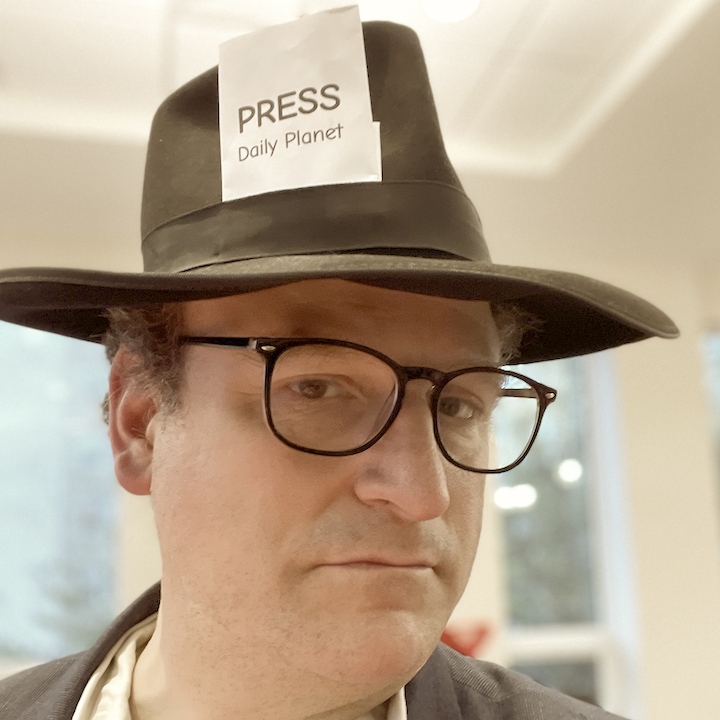imaginary family values presents
yesh omrim
a blog that reclines to the left

Those who do not march in formation
21 June 2004
The parsha of Beha`alotekha begins with details about the special duties of the tribe of Levi (Numbers 8). A little later, it describes how the tribes marched in formation (10:11–28). Then, there is the conversation between Moses and Chovev (a.k.a. Jethro), where the latter, despite Moses’ urgings, decides to go home to his own family. A few verses after that, we have the episode with the quail, which begins as follows: “The afsafsuf in their midst had a great craving, and even the Israelites sat and cried, ‘Who will give us meat?’” (11:4).
The commentators agree that the afsafsuf here is the `erev rav, the “mixed multitude,” that left Egypt alongside the descendants of Jacob (Exodus 12:38). What do these people have in common with Jethro? They did not belong to any tribe, and the pageant described in the preceding chapters does not define any role for them.
It can’t be a coincidence that the `erev rav started causing trouble so soon after the most prominent local convert took his leave, can it? My wife suggests two possible reasons:
- Jethro was a role model and leader for the `erev rav, and once he left, rowdier elements of the group took over.
- The native-born Jews in the desert were becoming less friendly to converts; Jethro dealt with the changed attitude by politely taking his leave, and the `erev rav dealt with it by becoming more militant.
- Later: The rhetoric of despair
- Earlier: Can a Scout be multi-reverent?